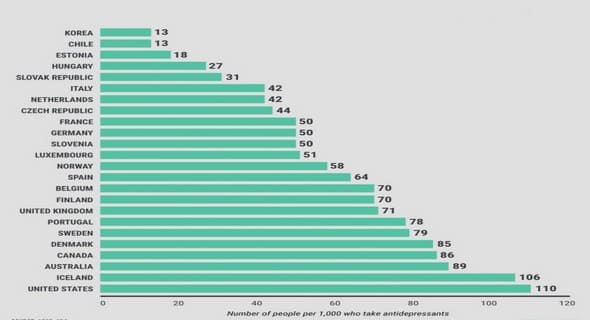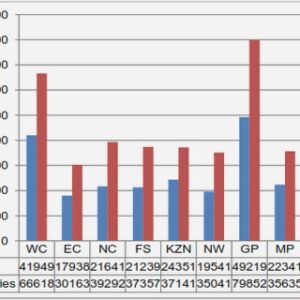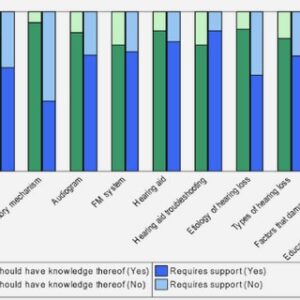(Downloads - 0)
For more info about our services contact : help@bestpfe.com
Table of contents
Introduction
1 Atom trapping on a chip: a tool for metrology
1.1 Basic concepts of time metrology
1.1.1 Atomic clocks
1.1.2 Atom-eld interaction
1.1.3 Ramsey and Rabi spectroscopy
1.1.4 Compact frequency references
1.1.5 Using trapped atoms for metrology
1.2 Neutral atom trapping on a chip
1.2.1 Magnetic trapping
1.2.2 A pseudo-magic trap for 87Rb
1.2.3 Magnetic microtraps
1.3 Interactions between cold atoms
1.3.1 General framework: collisions at low energy
1.3.2 Collisional shift
1.3.3 Identical spin rotation eect (ISRE)
2 Experimental methods
2.1 Overview of the experimental setup
2.1.1 The vacuum system and the chip
2.1.2 Magnetic shielding and optical hat
2.1.3 The interrogation photons
2.1.4 Low noise current sources
2.1.5 Optical bench
2.2 Typical cycle
2.3 Double state detection methods
2.3.1 Double detection: detection with Repump light
2.3.2 Detection with adiabatic passage
2.3.3 Comparison of the two methods
2.4 Loading very shallow traps
2.4.1 Motivations for producing very dilute clouds
2.4.2 Adiabaticity
2.4.3 Canceling the oscillation along x
3 Clock frequency stability
3.1 Frequency stability analysis
3.1.1 Allan variance
3.1.2 Principle of the characterization of TACC
3.2 Analysis of the sources of noise on the clock frequency
3.2.1 Quantum projection noise
3.2.2 Detection noise
3.2.3 Atom number uctuations
3.2.4 Temperature uctuations
3.2.5 Magnetic eld uctuations
3.2.6 Atomic losses
3.2.7 Rabi frequency uctuations
3.2.8 Local oscillator frequency
3.2.9 Noise added by the post-correction
3.3 Experimental investigation
3.3.1 Measurement of the uncertainty on P2
3.3.2 The best post-correction parameter
3.3.3 Cloud oscillation
3.3.4 Detectivity uctuations
3.3.5 Variation with the bottom magnetic eld
3.3.6 Optimizing the Ramsey time
3.3.7 Optimizing the atom number
3.4 Best frequency stability up-to-date
3.5 Long term thermal eects
3.6 Conclusion
4 Bose-Einstein condensates for time metrology
4.1 Theory of a dual component BEC
4.1.1 The Gross-Pitaevskii equation for a single component
4.1.2 Gross-Pitaevskii system for a dual component BEC
4.1.3 State-dependent spatial dynamics
4.1.4 Numerical modeling
4.2 Preparing Bose-Einstein condensates
4.2.1 Condensed fraction measurements
4.2.2 Critical temperature
4.2.3 BEC lifetimes
4.3 State-dependent spatial dynamics
4.3.1 Experimental observations
4.3.2 Data modelling
4.4 Coherence of a BEC superposition
4.4.1 In time domain
4.4.2 In frequency domain
4.5 Evidence for increased noise on the atomic response
4.5.1 Estimation of the technical noise contributions
4.5.2 Non-linear spin dynamics in a dual component BEC
4.6 Perspectives
5 Coherent sideband transition by a eld gradient
5.1 Theory of the sideband excitation by an inhomogeneous eld
5.1.1 Field inhomogeneity
5.1.2 Calculation of the total coupling element
5.2 Spectra of trapped thermal atoms under inhomogeneous excitation
5.2.1 Typical data
5.2.2 Transfer eciency
5.2.3 Observation of the sideband cancelation
5.2.4 Sideband dressing by the carrier
5.3 Cloud dynamics induced by sideband excitations
5.3.1 Non sideband-resolved regime
5.3.2 Sideband-resolved regime
5.3.3 Interpretation
5.4 Conclusion
6 An atomic microwave powermeter
6.1 Rabi spectra
6.1.1 Principle of the experiment
6.1.2 Results
6.2 Temporal Rabi oscillations
6.2.1 Principle of the experiment
6.2.2 Typical experimental data
6.2.3 Results
6.3 Clock frequency shift measurements
6.3.1 Principle of the experiment
6.3.2 Results
6.4 Discussion
7 Fast alkali pressure modulation
7.1 Optimizing the preparation of cold atomic clouds
7.1.1 Reminders: MOT loading and trap decay
7.1.2 Constant background pressures case
7.1.3 Solutions with a double-chamber setup
7.1.4 Fast pressure modulation: a solution for single-cell setups
7.2 Experimental methods
7.2.1 Vacuum system
7.2.2 Optics and coils
7.2.3 Pressure measurements
7.3 A device for sub-second alkali pressure modulation
7.3.1 Presentation and design
7.3.2 MOT loading by a pulse
7.3.3 Sensitive measurement of the pressure decay
7.3.4 Rate equations for the adsorption/desorption dynamics
7.3.5 Long term evolution of the pressure
7.4 Other fast sources
7.4.1 Local heating with a laser
7.4.2 Laser heating of a commercial Dispenser
7.4.3 Laser heating of the dispenser active powder
7.4.4 Light-induced atom desorption
7.4.5 Reduced thermal mass dispenser
7.5 Conclusions and perspectives
Conclusion
A AC Zeeman shifts of the clock frequency
B List of abbreviations and symbols
Bibliography


